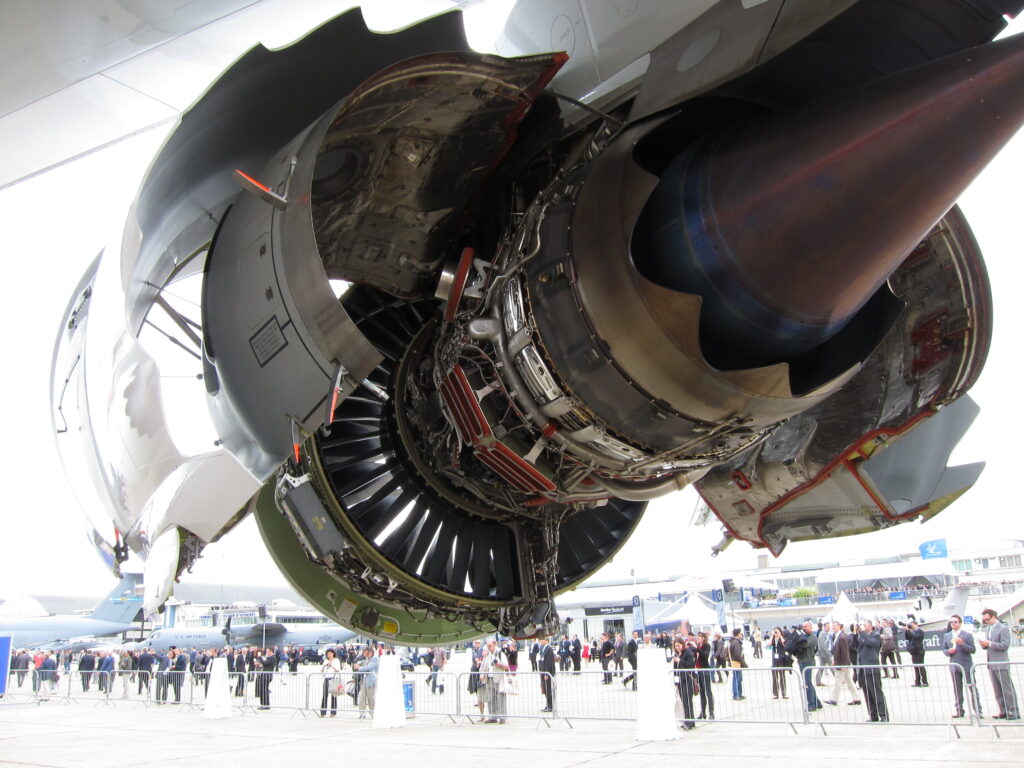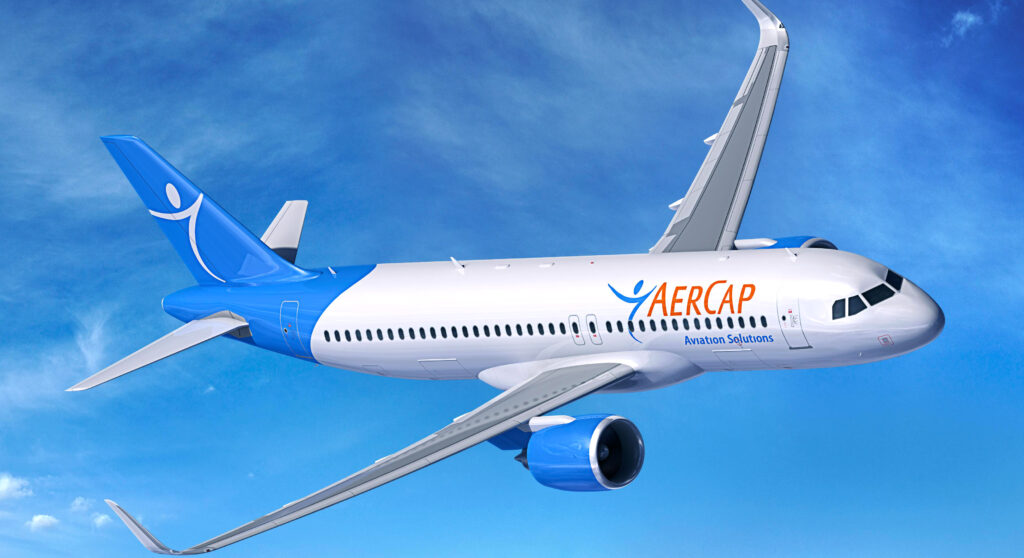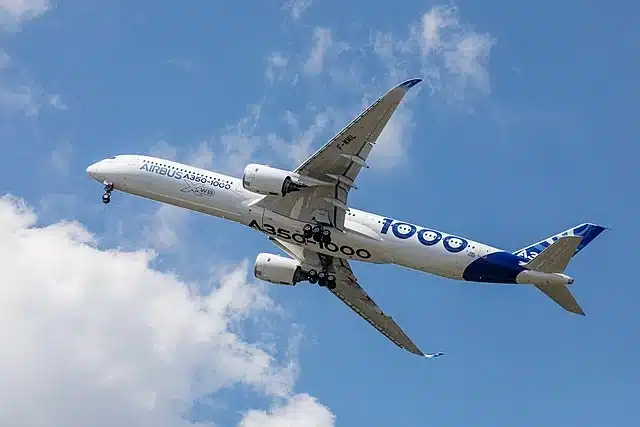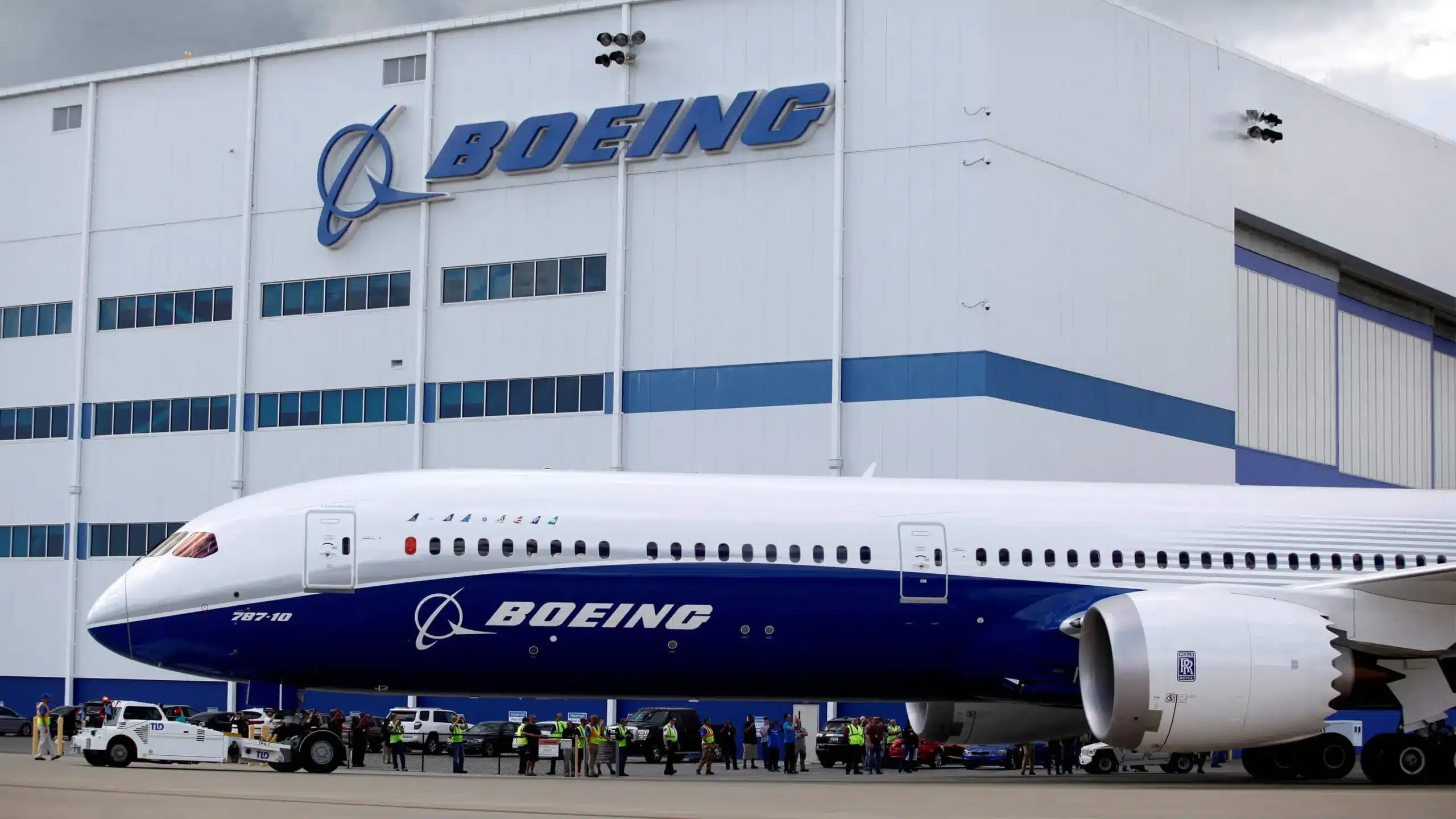New Accountancy Rules an how it affects Airlines
New IFRS 16 rules are going to change the Aircraft Leasing business forever.
On 1st January 2019, a new leasing standard was released by the IASB (International Accounting Standards Board).
Known as “IFRS 16” it introduces a lease accounting model for all lease contracts. Changing the aircraft leasing business forever.
Aircraft Leases
It lumps finance leases and operating leases into the same bucket. But more importantly, it requires lessees to record all leases on balance sheets as liabilities.
Which means treating future lease contract payments the same way as if the airline owned the lease asset itself.

There are some exceptions. Finance leases under 12 months lease term and under USD $5,000 per month in rental will not come under this new regime. But all other types of leases will now be treated in the accounts as if the airline were taking that asset risk itself.
IFRS 16 & The Lessee
So, let’s walk through IFRS 16 not through the eyes of an accountant, but through the eyes of a leasing executive with a lessor, who must now consider more financial liabilities when considering transactions such as the sale-leaseback (SLB).
Why? SLB’s are a staple of the Aircraft leasing world. For all tiers of airlines and for all lease payment types. It’s how most Lessors build their portfolios.
Sale & Leaseback Contracts
Airlines like to be “asset light”. Why? Because with assets come great liabilities and risks. With IFRS 16 aircraft now need to be on-balance sheet, maintained, and valued each year with significant impairment risk when the asset approaches certain milestones.
Or when the asset cost needs to be reflected in the books during a transition or a sale. What happened in the past was Airlines like Ryanair, Indigo or Qatar would order hundreds of B737’s or A330’s from Boeing and Airbus…
And no sooner had the ink dried on the agreement, they would perform a sale-leaseback with willing leasing companies who would buy the aircraft from them (at an interest rate we can assume was low) and then lease the aircraft back to the airline for a set period.

pilotinstitute
Are You Ready To Take Off?
Pass the FAA Private Pilot test with flying colors. Achieve your dreams of flying an airplane.
IFRS 16 Application
Leases tend to be 10 years. Why 10 years? Well, that’s the period the airline expects to fly the aircraft without any major checks coming due. Or the engines needing to go in for expensive shop visits.
Just like your new car – aircraft will fly tens of thousands of hours during its first “run”. You just keep it topped up with lubricants and fuel and they keep working. The Lessors take this lease liability hoping the returns and the valuation of the aircraft at lease end, make senses.
But with IFRS 16, the aircraft is now on the Financial Statements, regardless of who owns it. And the SLB incentive has lost its sheen. Thanks to IFRS 16, Lessors and Airlines will now need to bring in a whole raft of lease modifications when contemplating what to do with the ledger.

Solutions & Impact
Now that IFRS16 is here – Airlines and Lessors both need to review the impact of the new accounting rules and the following are worth keeping in mind on both sides of the divide.
Covenants & Lease Liabilities
IFRS16 may impact the calculations and be applicable to certain types of leases. If the lease documents don’t provide for language protecting the lessee against these new accounting rules, breaches could be triggered.
This hurts the Airline more, as the “financial indebtedness” now captures the single lessee accounting model and if they are not protected from this new envelope, they could trigger defaults.
EBITA/EDBITDA & Finance Leases
IFRS 16 requires all airlines to show leases as liabilities on the Income statement and so this will now increase substantially. As a result, the annual reporting periods measure such things as debt and gearing ratios.
EBITA/EBIDTA will also be impacted. They increase as rental expense is replaced with interest, depreciation, and amortization. There are a few mechanisms the airlines can take here, such as amendments to the definitions or adjusting ratios to consider the higher values.
But that’s for the accountants, not us engineers. We can read an income statement; we can’t engineer one.
IFRS 16 & Currency
IFRS 16 requires that currency translation of liabilities on the balance sheet. Which now adds a certain level of risk. Those in the know will know that the aircraft leasing business is done in the US dollar…
But some airlines have balance sheets that are in local currencies. And they will be required to express it as such – whatever rate basis this happens to be.
This could be a massive risk and could lead to some airlines (those with the most selling power at least) requesting that their lease rates now be invoiced in their local currency, passing that Fx risk back to the lessors.

Leasing Conclusions
Who said accountancy was boring? In one swoop, the accountants took the aircraft leasing business and turned it inside out. Not only that, but they have taken the airline business and forced carriers to use new leasing standards to buy, own or lease expensive aircraft they use to do business.
The Sale-leaseback market must now evolve and change. New types of financial instruments will arrive to take its place. From a creditworthiness point of view – investors consider the lease obligations of the carrier and those will now be formalized into new lease accounting standards.

TRAKRACER
Hone your aviation skills with these great flight simulator products from TrakRacer.
Get yourself in the sky today and feel what it’s like to be a pilot!
Airline credit reports and financial statements used by Lessor’s to extend credit to tier 2 and 3 operators won’t look so good at the Monday meetings. We are only now managing the current state of contracts and the new instruments for financing are still out there percolating.
Soon we hope to write a follow-up article on what those solutions might look like. But we remain hopeful. Those who use money to create more money are normally the best to adapt in such circumstances.



